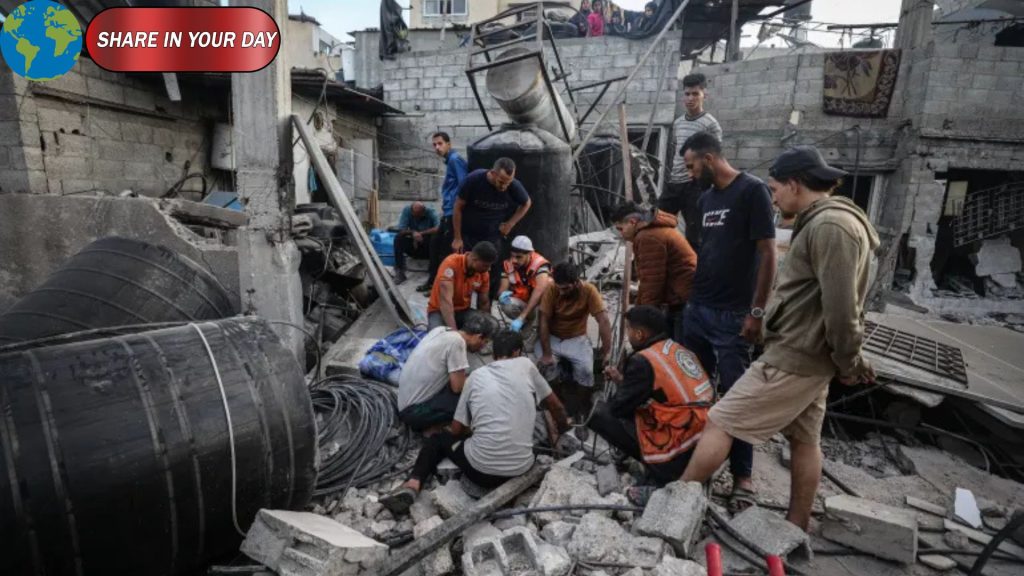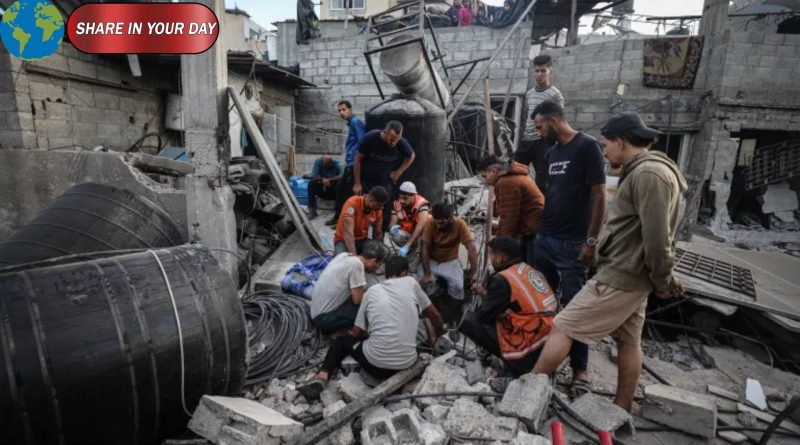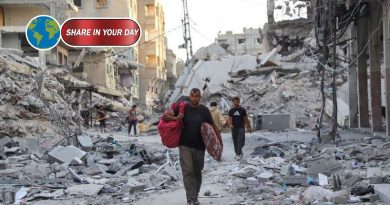Why Did Israel Launch Air Strikes on Gaza — Then Resume the Truce?
The sudden strike amidst a ceasefire
Nearly three weeks into the ceasefire between Gaza and Hamas, backed by United States mediation, the State of Israel military struck more than 30 targets across Gaza — only to declare hours later that it would resume the ceasefire.
In doing so, Israel reported hitting “terrorists in command positions within terror organisations”.
The attack left many civilian casualties, including entire families, and placed sharp focus on how fragile the truce has become.
Why Israel acted now: the official rationale
According to Israeli statements:
The triggers included the discovery that the body of a returned captive did not match one of the 13 bodies meant to be handed over under the ceasefire deal.
Some Israeli ministers called for harsher action against Hamas and asserted the truce should not prevent Israel from defending itself or demanding accountability.
Israel alleged that Hamas had staged the recovery of the dead captive’s remains and obstructed the process of handing over all bodies.
What’s in the ceasefire — and what hasn’t been fulfilled
Under the ceasefire, the deal included:
Hamas handing over the remaining living captives held in Gaza, and the remains of deceased Israeli captives.
Israel permitting a flow of humanitarian aid — up to 600 trucks per day were stated, though actual numbers remain significantly lower.
A second phase envisioned the entry of an international stabilisation force and reconstruction of Gaza once all conditions were met.
But key gaps remain: many bodies are still unrecovered, the humanitarian aid flow is far below promised levels, and the broader political questions (sovereignty, occupation) remain unresolved.
The toll on civilians
Civilians in Gaza have borne the brunt of the strikes and ceasefire violations:
The recent strikes killed more than 100 people in one 24‑hour span, including 46 children.
Since the war began in October 2023, the Gaza health ministry reports over 68,643 killed and 170,655 wounded.
Infrastructure, homes, tents for displaced families and entire neighbourhoods such as Zeitoun in Gaza City, were destroyed.
The attack underlined that even during a truce civilians remain exposed, with no truly safe space inside Gaza.
What now? Looking ahead
Israel says the ceasefire remains in place despite the attack, and it will continue to act if it deems necessary.
The mediators, including Qatar and Egypt, have criticised the violations and are trying to preserve the deal.
The next phase of the truce (international stabilisation force, reconstruction) is still conditional on full implementation of the agreement’s initial components.
Why this matters
The episode highlights several critical dynamics:
Even brokered ceasefires in such conflicts are highly precarious and can be disrupted by single incidents.
The humanitarian situation remains dire; ceasefire or not, civilians remain at risk.
Political goals (e.g., hostage recovery, body returns, control of territory) continue to drive operational decisions.
The trust gap — between what’s promised and what’s delivered — makes moving to a more stable reconstruction phase harder.

In short: Israel struck in Gaza during a truce because of a breakdown in trust over the captive‐return process and pressure from its internal politics, then reaffirmed the truce perhaps to preserve the broader deal. For civilians, the attack is a grim reminder that their safety remains tenuou




